
|

|
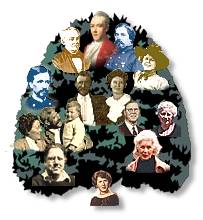
Captain John (Jan) Conklin
+ Joanna (Annetje) Storm
|
|
|
He removed to Poughkeepsie by 16 June 1728 when the baptism of his third child was entered at Kingston Dutch Church. Poughkeepsie at that date was little more than a name. In 1723 Dutchess Dutchess County had 1083 inhabitants. In 1785, when Capt. Concklin died, it had over 32,000. He appears first on the tax list of 1 July 1726. There are few early Dutchess land records. In 1742 John Concklin bought Boeckhout's share of the 1770-acre purchase, land on 2 Dec. 1772 he sold part of this land to his son-in-law, Henry Livingston. He sold his first home on the Hudson River front to Livingston in 1742. This house was demolished in 1910. [See Miss Reynold's Dutch Houses in the Hudson Valley for a description.] John Concklin was commissioned Lieutenant on 17 Dec. 1744, and Captain, 27 Mar. 1745, of Dutchess County Militia. There are indications that his company saw active service in King George's War. A parchment in Adriance Library, Poughkeepsie, contains signatures of several county officers of this period, including that of Lieut. John Concklin. In September, 1755, Capt. Concklin led his company north "in response to an alarm" at the time of Johnson's Lake George Campaign. In 1756 he marched "to the relief" of Fort William Henry, then under successful siege by Montcalm. He was a signer of the Patriotic Articles of Association, July 1775. All of his sons served in the army in support of the Revolution. Capt. Concklin, a founder of the Poughkeepsie Dutch Church, was elected an Elder in 1749, and a Deacon in 1763. In a church schism of the 1760s, Deacon Concklin headed the Conferentie party which held that the only authority for ordination lay in Holland, as opposed to the Coetus party which held that ministers could be ordained in America. When Dominie Henricus Schoonmaker, choice of the Coetus party and the fourth pastor, arrived in 1764, he found Deacon Concklin in control, and consequently was ordained under a tree. Deacon Concklin and Elder Peter Van Kleeck organized a bolting consistory, the story of which is told in Van Gieson's History of First Reformed Church of Poughkeepsie and Ecclesiastical Records, New York State, Vol. 6, p. 3926. The social scars of this battle marred Poughkeepsie life for many a year. The Family Bible of Captain Concklin, printed in 1744 in Dutch, about 1930 was in possession of Elmer Conklin, Esq., Postmaster of Poughkeepsie. It contained only one vital entry, the death date of Capt. John Concklin - 15 November 1785. All other pages containing vital records had been torn out. We hope that they are still in existence and may come to light some day. The will of Capt. John Concklin, dated 5 Aug. 1785, proved 31 Dec. 1785, opens: "I, Capt. John Concklin in good health but in advanced age," and mentions daughter Susanna; two granddaughters Johanna and Mary, daughters of deceased daughter Anna; son-in-law Thennis Tappan "who is married to my daughter Hester"; son Matthew; to son John my Dutch Bible for his birth right; orders all real estate to be sold; seven sons, John, Laurens, David, Abraham, Issac, Jacob, and Matthew Concklin; sons to provide for "my wife," she to choose with whom to live; seven sons to be executors. The sons Abraham, Isaac and Jacob qualified as executors, 14 Feb. 1786. No record of the death of the widow Annetje Concklin found. Children of John3 Concklin and Annetje Storm (in order of baptism and mention in father's will):
John and Annetje moved to Poughkeepsie ca. 1727, where he died in "advanced age." He was a deacon of the Dutch Reformed church there in 1765. He was known as Captain John Concklin. He is said to have been a Captain commissioned in the Dutchess County Militia, September 1755 in which capacity he led a detachment to Albany in March 1757 to the relief of Fort William Henry when it was attached by the enemy. He was a deacon 1763, also 1749, at the Poughkeepsie Church. He signed the Articles of Association in Poughkeepsie, 1775. The Articles of Association was a pact or petition signed by colonists (or at least the most prominent ones) promising to help and lend all effort to resist the British and win for this country independence from England. Some colonists would not sign. There was much hard feeling. Many who sympathized with the British were stoned, some even moved into Canada.
On May 25, 1725, John Conklin and John Boeckhout, his brother-in-law, bought of Evert Van Wagenen and Hillegond his wife, 770 acres of land on the south side of the now (1920) City of Poughkeepsie where he built a house and settled his family. On Feb 29, 1729/30 they divided this property and John Boeckhout received for his share 61 acres off the north end or city side. He bought the parcel back from John Boeckhout on Nov 27, 1742 for the sum of 195 pounds and sold it to his son-in-law, Henry Livingston on Dec 2, 1742, for 100 pounds, and is described as that land north of 'Rust Plaete Killitie'. John Conklin removed with his family from Phillips Burgh, (Tarrytown) to Poughkeepsie and built a house about 1725 or 26, on the banks of the Hudson River, south of the present (1920) city somewhere in the vicinity of the Phoenix Horse Shoe Works south suite of factory buildings. According to an old Map (No. 3) in the County Clerk's Office surveyed by Henry Livingston, his son-in-law, the house is shown to have stood a short distance north of 'Rust Plaete Killitie.' This house should not be confused with the old Livingston Mansion which was built by Henry Livingston about 1743 after he had acquired the Boeckhout property from John Conklin as above recorded, which was located on site of Phoenix Horse Shoe Works Office.
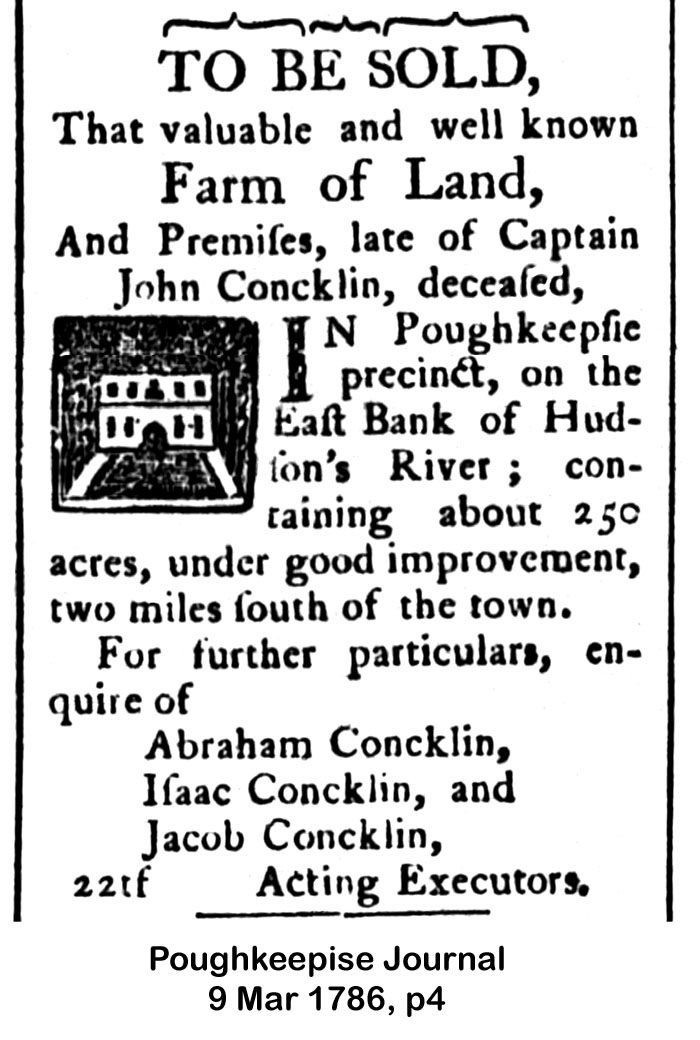
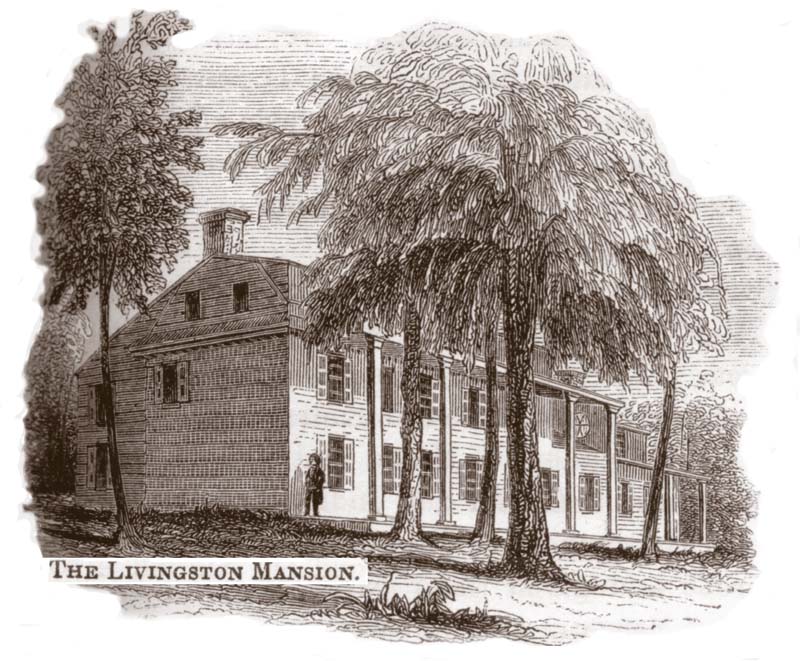
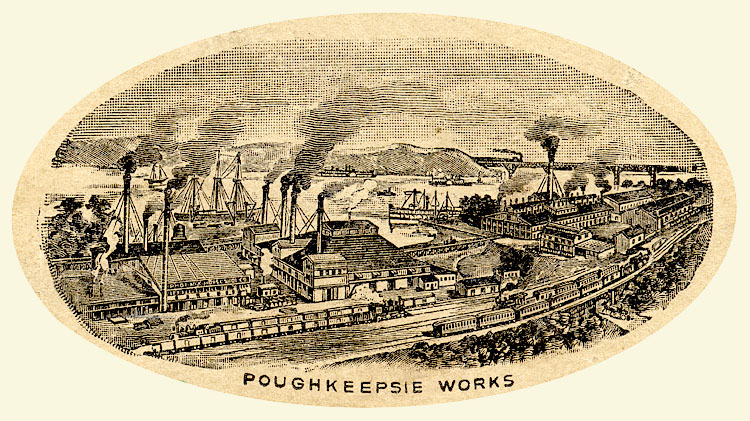 Phoenix Horseshoe Company
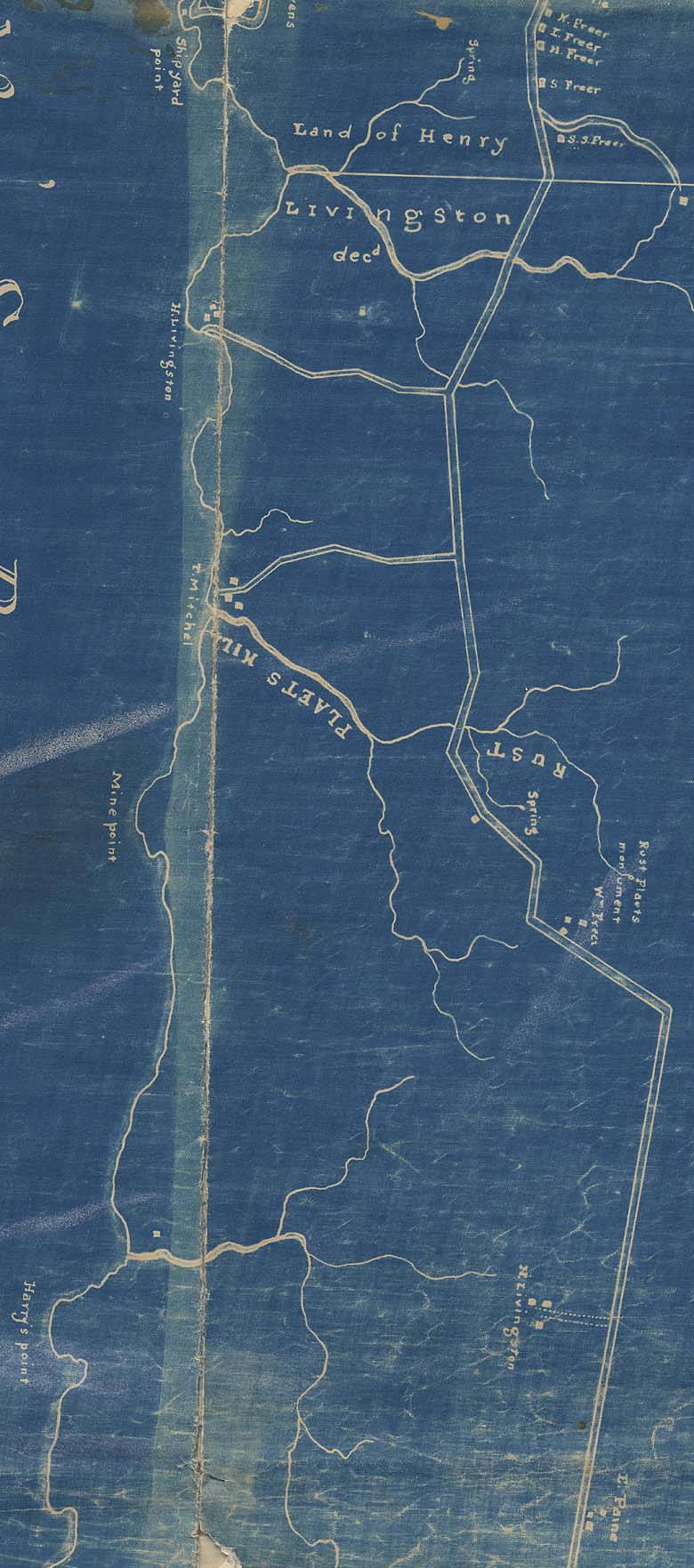 Land of Henry Sr. and Henry Jr., 1799
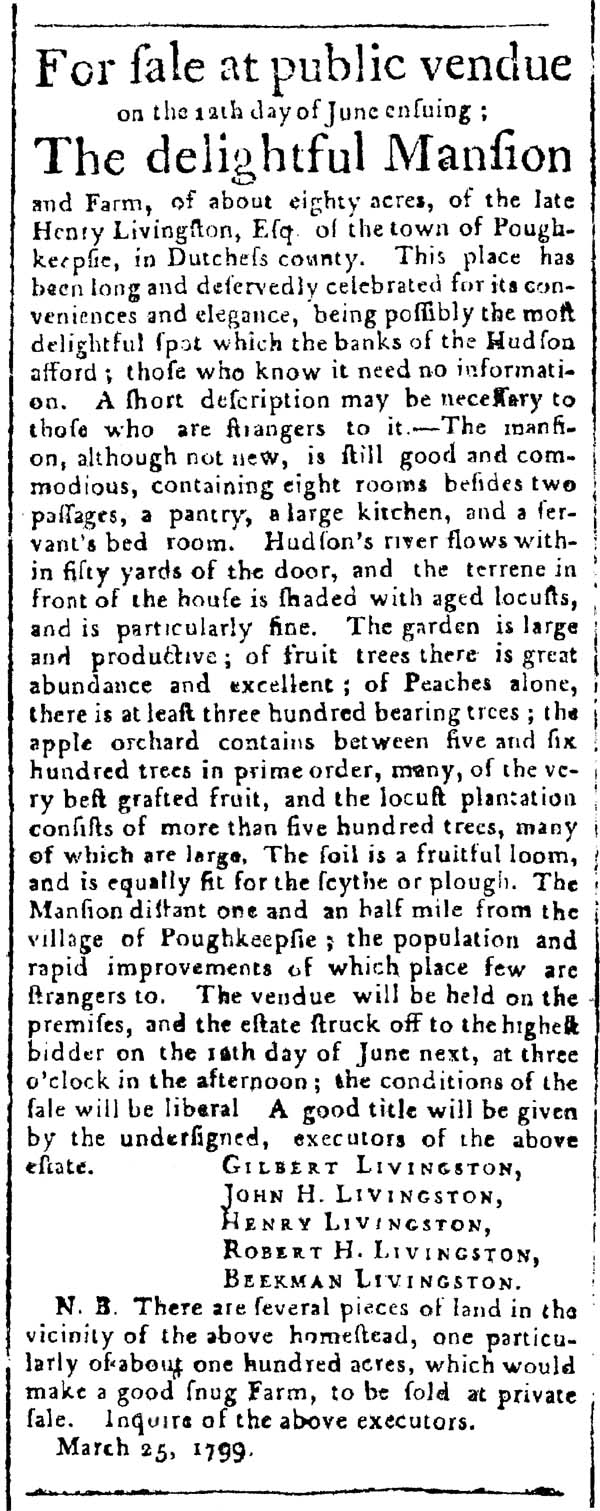 Sale of Henry Sr.'s Estate |
|
Father-in-law of Henry Livingston Long Island Surnames Poughkeepsie Land Purchase Henry Vanderburgh in Poughkeepsie |
|
NJ Governor Lewis Morris |
 Breese Family |
 Night Before Xmas Henry Livingston |
 Lincoln Assassination Gen. Henry Burnett |
 President George Bush |
 Father Bradley Van Deusen |
 Mother Jean Van Deusen |


 Copyright © 2003, Mary S. Van Deusen
Copyright © 2003, Mary S. Van Deusen